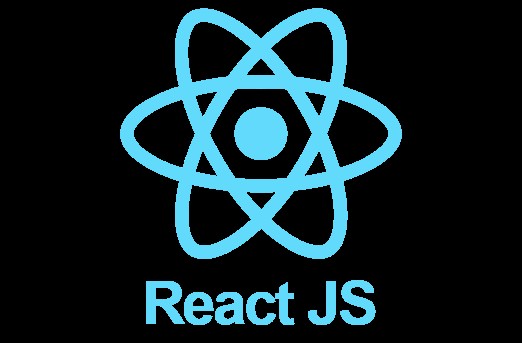React is the world’s most popular JavaScript library. But this library is good not because it is popular, but because it is popular because it is good. Most existing introductory React tutorials start with examples of how to use this library. But these guides say nothing about why you should choose React.
Why React?
When the React library appeared, it fundamentally changed the way JavaScript frameworks and libraries work. While other similar projects promoted the ideas of MVC, MVVM, and the like, React took a different approach. Namely, here the rendering of the visual component of the program was isolated from the representation of the model. It is one of the most popular frameworks among developers, which makes it possible to get a lot of offers from React JS developers for hire, who are ready to help you with your project.
JSX
JSX is an extension of JavaScript that allows you to declaratively create user interface components. JSX has the following notable features:
• Application of simple declarative markup.
• The markup code is located in the same place as the component code.
• Implementation of the principle of separation of responsibilities (for example, separation of the interface description from state logic and side effects). Moreover, the implementation is not based on the use of different technologies (for example – HTML, CSS, JavaScript).
• Abstraction of DOM change management.
• Abstracting from the features of the various platforms for which React applications are created. The fact is that thanks to the use of React, you can create applications intended for many platforms (we are talking, for example, about development for mobile devices using React Native, about applications for virtual reality systems, about development for Netflix Gibbon, about creating Canvas / WebGL, about the react-Html-email project).
If, before the appearance of JSX, it was necessary to declaratively describe interfaces, then it was impossible to do without the use of HTML templates. In those days, there was no generally accepted standard for creating such templates. Each framework used its syntax that you had to learn to do things like loop through some data, embed values from variables into a text template, or decide which interface component to display and which not.

Synthetic Events
Synthetic events are very useful for several reasons:
1. They allow you to smooth out the features of different platforms related to event processing. This simplifies the development of cross-browser applications.
2. They automatically solve memory management tasks. If, for example, you’re going to create some kind of infinite scrolling list using only plain JavaScript and HTML, you’ll need to delegate events or connect and disconnect event handlers as the list items appear and disappear. All this will need to be done to avoid memory leaks.
3. Their work uses pools of objects. Synthetic event support mechanisms can generate thousands of objects per second and organize high-performance work with such objects. If you solve such tasks by creating new objects each time, this will lead to the frequent need to call the garbage collector. And this, in turn, can lead to a slowdown of the program, to visible delays in the operation of the user interface and animations. Synthetic event objects are created in advance and placed in the object pool. When the event is no longer needed, it is returned to the pool.
According to research, React ranks 2nd among the most used frameworks
The Life Cycle of a Component
• Render – at this stage of the component’s life cycle, it is rendered. A component’s render() method must be a deterministic function that has no side effects. This function should be considered a pure function that receives data from the input parameters of the component and returns JSX.
• Pre-commit – at this stage, you can read data from the DOM using the life cycle method of the getSnapShotBeforeUpdate component. This can be very useful, for example, if you need to know something like the scroll position or the dimensions of the rendered element before re-rendering the component.
• Commit – in this phase of the lifecycle, the React component updates the DOM. Here you can use the componentDidUpdate method or the use effect hook. This is where you can perform effects, schedule updates, use the DOM, and solve other similar tasks.
Conclusion
React is one of the best frameworks. If you are looking for a deep understanding of the principles of developing React applications, it will be useful for you to refresh your knowledge about pure functions, immutability, caring and partial application of functions, and the composition of functions.

